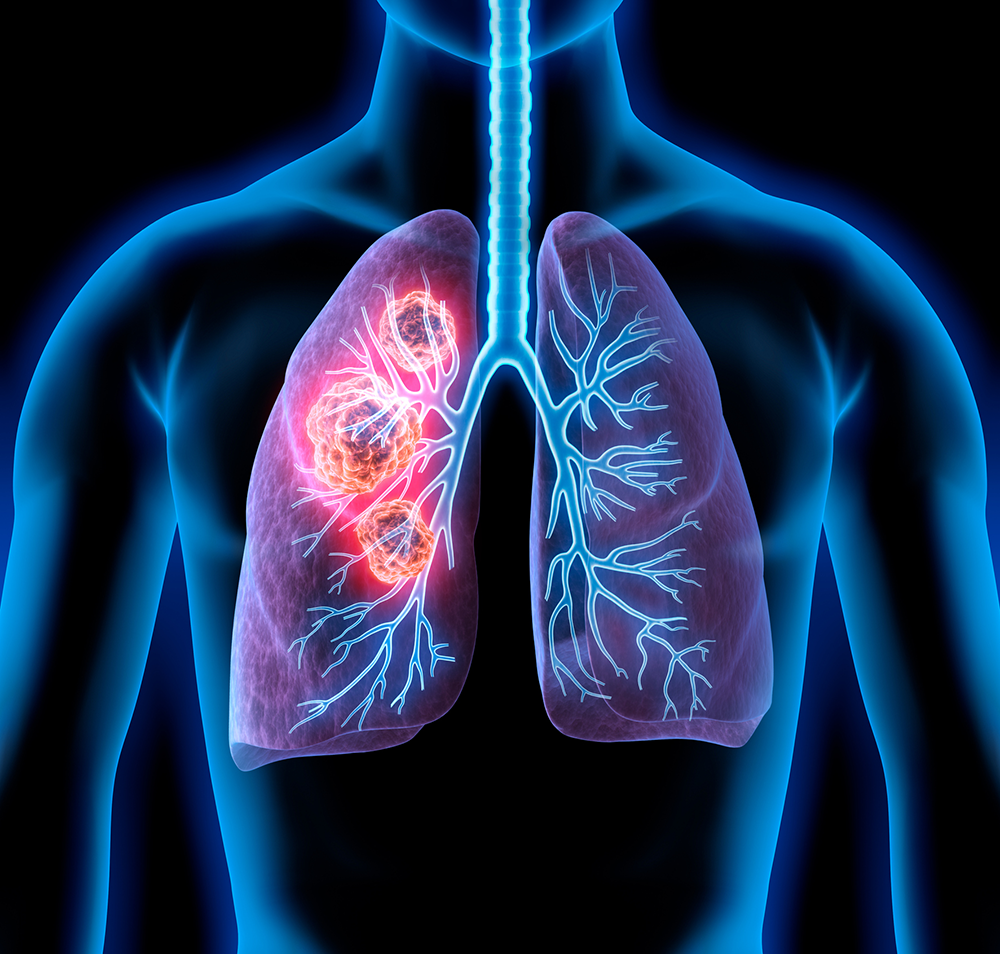This content is courtesy of Mayo Clinic, the No. 1 hospital in the nation according to U.S. News & World Report. Minnesota Oncology is a member of the Mayo Clinic Care Network. This relationship provides us with access to information, knowledge and expertise from Mayo Clinic.
There are many causes of head and neck cancers, and treatment is complicated. And one of the fastest growing demographic of cancers in the U.S. is human papillomavirus (HPV) in younger people, says Dr. Daniel Ma, a Mayo Clinic radiation oncologist.
"This is a treatable disease," says Dr. Ma. "It's a disease that's very responsive to radiation, chemotherapy and surgery. And it's one of those diseases, because the patients are young, that there's a good cure rate."
Dr. Ma says treatment for the numerous head and neck cancers requires medical coordination. "It's where tight collaboration between an ENT (ear, nose and throat) surgeon medical oncologist who gives chemotherapy, and a radiation oncologist, like myself, who gives radiation or X-ray treatments, is crucial for the success of the treatment."
In this Mayo Clinic Q&A podcast, Dr. Ma describes the various symptoms and getting a diagnosis, and he talks about Mayo Clinic's Oropharynx Cancer Clinic, which he says is the first such multidisciplinary clinic in the country. Dr. Ma also explains advances in treatment like newer radiation techniques, including proton therapy, and more minimally invasive surgical techniques.
Watch: Dr. Ma discusses the complex care of patients with head and neck cancer.

Read the full transcript.




